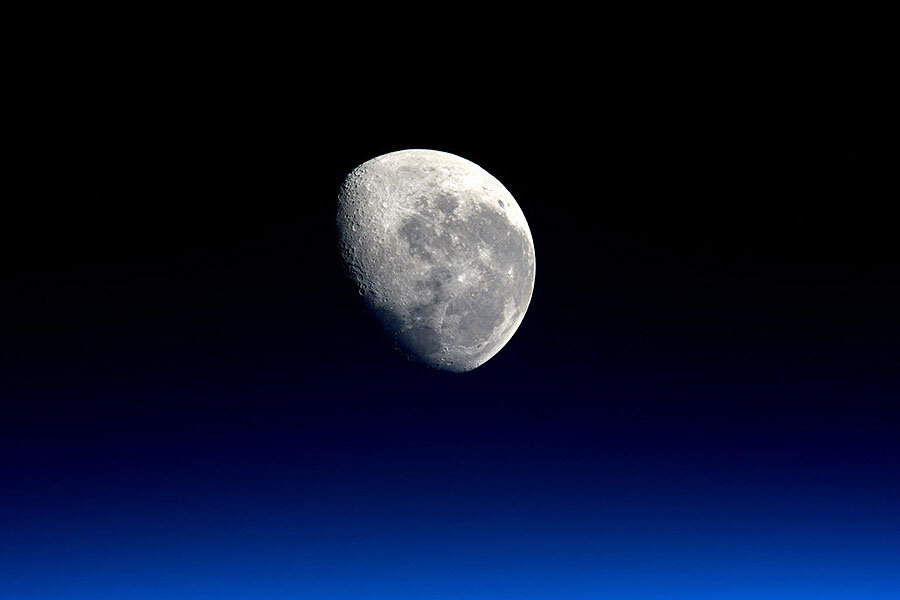Colonizing the moon? Meteor showers more frequent than expected
Loading...
At first glance, the moon’s mottled face appears vast and permanent – many of its craters have existed for billions of years. But new research suggests that the lunar landscape might be a far more dynamic place.
The moon’s surface is changing considerably faster than previously thought, according to a study published Wednesday in the journal Nature. In the past seven years alone, falling meteorites have created at least 222 new craters on our beloved satellite. And that could be a serious problem for future lunar missions.
“It's just something that's happening all the time,” lead author Emerson Speyerer, a planetary scientist at Arizona State University in Tempe, told Nature.
When space rocks come hurtling toward Earth, they are partially or completely burned up upon contact with our atmosphere. But the moon has no atmosphere, so impacts there tend to be more frequent and powerful. Even small particles - reaching speeds of more than 1,000 m.p.h. - can make a significant dent in the lunar surface, .
But it doesn’t end there. When a meteorite slams the regolith, or lunar soil, the blast may dislodge surface rocks and send them flying. And those rocks can create lunar impact "splotches" of their own.
“For example, we found an 18-meter (59-foot) impact crater that formed on March 17, 2013, and it produced over 250 secondary impacts, some of which were at least 30 kilometers (18.6 miles) away,” Dr. Speyerer told Space.com.
To determine the rate of crater formation, scientists analyzed more than 14,000 pairs of “before-and-after” images from NASA’s Lunar Reconnaissance Orbiter (LRO). Speyerer and colleagues observed 960,000 square miles, about 6 percent of the moon’s total surface area, to find subtle differences on the lunar surface.
“When looking at just a single image, many of the newly formed features are indistinguishable from their surroundings,” Dr. Speyerer told Space.com. “It's only with these detailed comparisons with previous images that we can separate out these small surface changes.”
Previously, astronomers estimated that the regolith gets completely “churned” far less frequently, as rarely as about once every 10 million years. But new research suggests that the turnover occurs about 100 times faster – once every 81,000 years. “Geologically, that’s pretty fast,” Speyerer told the Los Angeles Times.
New revelations could help astronomers more accurately date craters and formations on the moon’s surface. But they may also affect future lunar missions.
“This is also important if we’re going to put a long term habitat on the moon, a lunar base or something like that,” Speyerer told the Los Angeles Times. “The odds of having a direct hit from a meteor or asteroidal material would be relatively small. However, if one occurred 30, 40 kilometers away, you might be getting a lot of these secondaries that are going to be coming over, hitting your lunar base and also messing up the regolith around you.”








